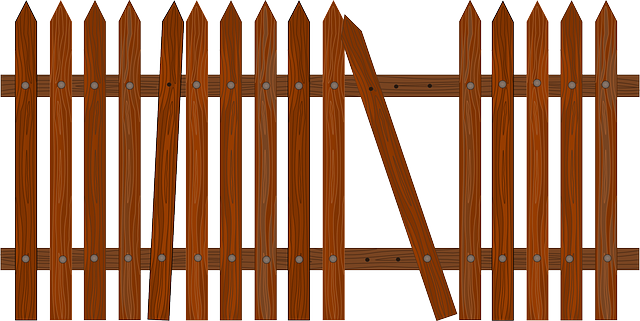DIY Fence Installation Tips for New Bedford, Massachusetts Homeowners
Thinking of installing a fence around your New Bedford property? This comprehensive guide is tailored to help Massachusetts homeowners navigate the DIY process successfully. From assessing your yard and selecting the right fence types suited to our climate, to gathering essential tools and materials locally, and planning with local regulations in mind, we’ve got you covered. By following these detailed steps, you’ll not only enhance your home’s curb appeal but also enjoy a durable, long-lasting fence that securely encloses your space.
- Assess Your Yard and Choose the Right Fence
- – Measuring your yard
- – Understanding fence types for New Bedford climate
- – Factors to consider when selecting a fence
Assess Your Yard and Choose the Right Fence
Before installing a fence, it’s crucial to assess your yard’s unique characteristics. Consider the layout, size, and shape of your property, as well as nearby structures like trees, fences, or buildings that could impact the placement and design of your new fence. Take measurements and sketch a rough plan to help you decide on the best type and style for your needs.
New Bedford, Massachusetts homeowners have various options when it comes to fencing materials. Wooden fences offer classic beauty and versatility, while vinyl fences require less maintenance but might not be as aesthetically pleasing. Consider factors like budget, climate suitability, local regulations, and aesthetic preferences to make an informed decision that aligns with both your practical and decorative goals.
– Measuring your yard
Before you begin installing your new fence, accurately measuring your yard is a crucial step. This ensures you have enough material and helps you visualize how the fence will fit within your space. Start by identifying the perimeter of your property, marking out any existing structures or trees that might affect the layout. Use measuring tape to take multiple measurements at various points along the boundary, accounting for curves and corners.
Consider the type of fence you plan to install and its expected height and width. This will help you determine where posts should be placed. Don’t forget to account for gates or entry points, as these will require slightly more clearance. Taking precise measurements now will save you time and frustration later during the installation process.
– Understanding fence types for New Bedford climate
When considering DIY fence installation in New Bedford, Massachusetts, understanding your local climate is crucial. The region experiences all four seasons, with cold winters and warm summers. This variability requires choosing a fence material that can withstand both freezing temperatures and intense sun. Wood, for instance, might be beautiful but needs regular treatment to resist rot and pest damage in the humid summer months. Vinyl fences are popular choices because they’re low-maintenance and resistant to rot, fading, and cracking during extreme weather changes. Steel or aluminum fences offer durability and security but require less upkeep compared to wood.
Consider the local climate when selecting a fence style as well. For example, a privacy fence with solid panels will provide better protection from neighboring properties in winter, while a picket fence might be more suitable for areas with lighter snow accumulation during summer. Understanding these factors ensures your new fence is both functional and long-lasting in New Bedford’s unique weather patterns.
– Factors to consider when selecting a fence
When considering a DIY fence installation, New Bedford homeowners should start by evaluating several key factors. First, determine the purpose of your new fence—is it for privacy, security, or aesthetic appeal? This decision will influence both the style and type of fencing material you choose. For instance, a solid wooden fence offers privacy while a picket fence provides a more open, traditional look. Additionally, factor in the fence’s location; proximity to neighbors, existing structures, and local regulations regarding height and materials can vary, so ensure your design complies with these requirements.
The surrounding landscape and your personal preferences should also guide your selection. Consider the climate—will the fence withstand snow, rain, or strong winds? Rust-resistant materials are ideal for damp environments, while durable, rot-proof options like treated wood or vinyl excel in various conditions. Lastly, think about maintenance; some materials require more upkeep than others, so choose a style that aligns with your long-term commitment to care for your fence.
